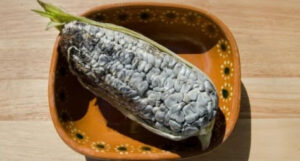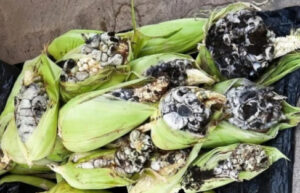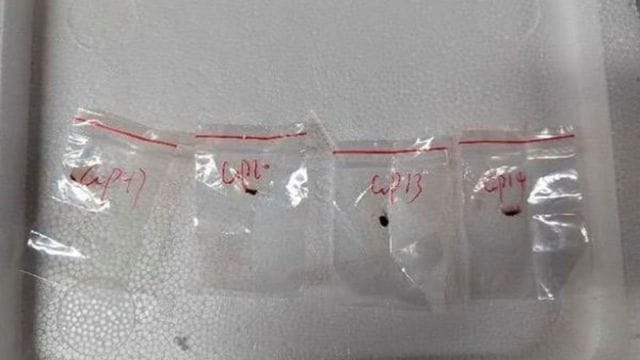The fungus is known to produce toxins that can be harmful to humans and animals when they consume wheat
It is a fungus that affects the kernel development of various grains, thereby reducing the yield. (Source: AP)
The United States (US) has charged two Chinese nationals with smuggling a toxic fungus into the country. Called Fusarium graminearum, the fungus is known to cause head blight in crops such as wheat, barley and oats — a disease that significantly affects the yield of the crops.
The director of US’ Federal Bureau of Investigation Kash Patel called it an “agro-terrorism agent” that is “responsible for billions of dollars in economic losses worldwide each year.”
What’s the row all about?

Two Chinese researchers — Jian Yunqing (33) and Liu Zunyong (34) — have been charged with conspiracy, smuggling goods into the country, false statements and visa fraud.
Jian allegedly tried to smuggle the plant to a University of Michigan laboratory where she works. Her boyfriend Liu, who now works at a Chinese university, was reportedly sent back to China in 2024, after changing his story during an interrogation. At first, he claimed ignorance about the samples and later said he was planning to use it for research at the same University of Michigan laboratory, where Jian was working and where he used to work earlier.
What is Fusarium graminearum?
It is a fungus that affects the kernel development of various grains, thereby reducing the yield. It can also cause ear rot or stalk rot in maize crops. Once infected, the fungus continues to spread as the crop matures. It is known to survive in plant tissue residues like small grain stems and roots and infect new plants.
It affects farm income in two ways. One, it reduces crop yield and lowers the market grade of the crop, leading to economic losses for the farmer. Two, the fungus is also known to produce mycotoxins that can be harmful for humans and animals when they consume it.
How does it impact human health?
While it does not directly infect humans, the fungus is known to produce mycotoxins — secondary metabolites (end products of biochemical processes) that are of significance to the fungal growth but may be harmful to humans.
One of the mycotoxins called deoxynivalenol or DON can lead to vomitting in humans and animals. Levels of vomitoxin exceeding 1 ppm are unfit for human consumption and levels exceeding 5 ppm are unfit for livestock consumption. Some of the other mycotoxins may also be linked to decline of immunity, abortion or cancers.
Is this fungus seen in India?

It is an emerging threat across the wheat belt in India, especially due to climate change. A 2021 study by ICAR said that Extensive disease surveys undertaken in Himachal Pradesh and Tamil Nadu during 2010–20 revealed the dominance of F. graminearum causing head blight or scab in the wheat grain. A field survey conducted in the Rabi season between 2021 and 2022 showed head blight in northern parts of Karnataka. The study was conducted by the University of Agricultural Sciences in Karnataka.
